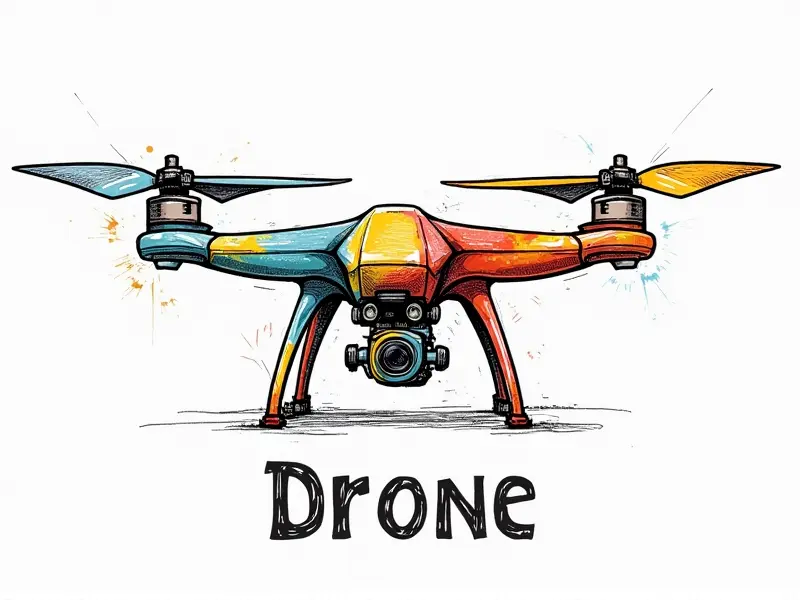How do I fix tail rotor issues?

Fix Tail Rotor Issues in Minutes
Tail rotors are a critical component of helicopters and other rotary-wing aircraft, playing a vital role in maintaining stability and control during flight. However, tail rotor issues can arise due to various reasons such as wear and tear, improper maintenance, or mechanical failures. This article will guide you through the process of diagnosing and fixing common tail rotor problems quickly and effectively.
Quick Fixes for Tail Rotor Problems
When dealing with minor tail rotor issues, quick fixes can often resolve the problem without requiring extensive repair work. Here are some immediate steps to take:
- Check Fluid Levels: Ensure that all hydraulic fluids and lubricants are at appropriate levels.
- Lubricate Components: Apply fresh lubricant to any moving parts that may be causing friction or noise.
- Inspect for Foreign Objects: Look for debris, dirt, or other foreign objects lodged in the tail rotor assembly.
Solve Tail Rotor Troubles Easily
Tail rotor troubles can range from minor nuisances to serious safety hazards. Addressing these issues promptly is crucial to maintaining optimal performance and preventing further damage:
- Identify the Problem: Determine whether the issue lies with mechanical components, fluid levels, or electrical systems.
- Use Diagnostic Tools: Employ specialized diagnostic equipment to pinpoint specific malfunctions.
- Consult Maintenance Manuals: Refer to manufacturer guidelines for troubleshooting and repair procedures.
Common Tail Rotor Issues Solved
A variety of common issues can affect tail rotors, each requiring a unique approach. Here are some typical problems and their solutions:
- Vibration Problems: Excessive vibration can indicate misalignment or imbalance in the tail rotor system.
Bearing Wear: Worn bearings can cause noise, reduced performance, and potential failure if not addressed. - Housing Damage: Physical damage to the housing can lead to leaks, corrosion, and other mechanical issues.
Tail Rotor Maintenance Made Simple
Maintaining your tail rotor system is essential for long-term reliability and safety. Regular inspections and preventive maintenance can help identify potential problems before they escalate:
- Regular Checks: Schedule routine checks to inspect all components for wear, damage, or malfunction.
- Lubrication Schedules: Follow manufacturer guidelines for lubricating moving parts and hydraulic systems.
- Cleaning Procedures: Keep the tail rotor assembly clean and free from debris to prevent corrosion and contamination.
Fixing Tail Rotor Vibrations Fast
Vibrations in the tail rotor can be alarming, but they are often manageable with proper diagnosis and repair:
- Analyze Vibration Patterns: Use vibration analysis tools to determine the source of the issue.
- Balancing Adjustments: Make fine adjustments to balance weights or other components as needed.
- Component Replacement: Replace faulty parts such as bearings, bushings, or gears if necessary.
Easy Fixes for Tail Rotor Problems
Sometimes, simple fixes can resolve complex issues. Here are some straightforward solutions to common tail rotor problems:
- Tighten Loose Bolts: Check all fasteners and tighten any that may have become loose over time.
- Clean Electrical Connections: Ensure clean, secure connections in electrical systems to prevent malfunctions.
- Replace Worn Parts: Replace worn or damaged components such as blades, bearings, or seals immediately.
Tail Rotor Troubleshooting Tips
Troubleshooting tail rotor issues requires a systematic approach to identify and resolve problems efficiently. Here are some tips for effective troubleshooting:
- Start with the Basics: Check fundamental aspects such as fluid levels, electrical connections, and mechanical components.
- Use Diagnostic Tools: Employ specialized diagnostic equipment to identify specific issues accurately.
- Document Findings: Keep detailed records of your findings for reference during future maintenance or repairs.
How to Adjust a Faulty Tail Rotor
Adjusting a faulty tail rotor involves several steps to ensure proper alignment and functionality. Here’s how you can do it:
- Inspect Alignment: Check the alignment of the tail rotor assembly with the main rotor.
- Balancing Weights: Adjust balance weights on the tail rotor to achieve optimal performance.
- Tune Control Linkages: Fine-tune control linkages and cables for smooth operation without excessive play.
Diagnose and Repair Tail Rotor Malfunctions
Diagnosing and repairing tail rotor malfunctions is a critical skill in aviation maintenance. Here’s how to approach it:
- Identify Symptoms: Recognize the symptoms of tail rotor issues such as vibrations, noise, or erratic behavior.
- Analyze Data: Use diagnostic data and logs to pinpoint the source of the malfunction.
- Implement Repairs: Follow manufacturer guidelines for repairing or replacing faulty components.
Tail Rotor Maintenance 101
Maintaining your tail rotor system is essential for ensuring safe and reliable operation. Here’s a basic guide to tail rotor maintenance:
- Regular Inspections: Conduct routine inspections of all components.
- Lubrication Schedules: Follow manufacturer recommendations for lubricating moving parts.
- Cleaning Procedures: Keep the tail rotor assembly clean and free from debris.
Conclusion
Tail rotors are a vital component of any rotary-wing aircraft, and proper maintenance is crucial to ensure safe and efficient operation. By following the steps outlined in this guide, you can diagnose and fix common tail rotor issues quickly and effectively. Regular inspections, preventive maintenance, and prompt repairs will help keep your tail rotor system running smoothly for years to come.

